Types and best varieties of physalis for growing
Physalis - an unusual plant from the Solanaceae family, some of its edible species sometimes taste like berries, so the name of the species often corresponds to the taste. This beneficial plant has many names, such as emerald berry, strawberry cranberry, Peruvian gooseberry, ground cherry and strawberry tomato. How many species and varieties of physalis are there?
Content:
- Types and varieties of physalis
- Growing features
- Care advice
- Useful properties of physalis
- Application and storage of physalis fruits
Types and varieties of physalis
Physalis has a large number of species, it is decorative and edible. Ornamental physalis is an inedible plant; it is used to decorate gardens, parks and home gardens. Its flowering is not delightful, but the appearance of fruits in the form of berries, covered with bright orange bolls, is very pleasing to the eye.
They resemble Chinese lanterns, which is why Physalis is often called “Chinese lanterns”. Such beauty appears at the end of summer, and many designers try to preserve it for the decoration of rooms, ikebans, flower pots and bouquets of dry plants.
Decorative physalis are of the following varieties:
- alkekengs - they have yellow, orange or red caps
- longifolia is a two-meter plant, its fruits have a cream-colored ribbed cup
- franchet is a bush with bright cherry fruits and an orange cup
All these varieties of plants are attractive in their own way and they are often used in the design of landscape designs for gardens, parks, squares and rest houses.
Edible physalis is divided into two types: vegetable and strawberry (berry). Its edible fruits are yellow, light green or orange in color, fleshy and resemble a small tomato:
- The vegetable physalis is of Mexican origin; in its homeland it is called "milomat" and "tomatil". Such a Mexican tomato product, inside it is fleshy and juicy. Mexicans use it for food and prepare their favorite spicy stew with it.
- Physalis Peruvian and strawberry are berry species, they are of South American origin. Their taste and aftertaste are reminiscent of the familiar berries.
Edible Physalis Varieties:
- Early ripe pineapple. Its fruits are small, but sweet. Their aroma is reminiscent of pineapple. It is consumed fresh and used to make jams, jellies and candied fruits.
- Gribovsky (2046). Medium early cold-resistant variety. Bears abundantly with round yellow and light green fruits, sometimes they are flattened.
- Strawberry. Low (up to 70 cm) small-fruited plant. Its amber-colored fruits have a strawberry flavor and aroma, hence the name. It is consumed fresh, dried and canned.
- Raisin surprise. An early maturing, low-growing annual plant with strong pubescence, popularly called "pubescent". Absolutely unpretentious look. Used for the preparation of compotes, preserves and other preservation.
- Columbus. Late-ripening thermophilic tall plant, rich in many useful substances.
- Confectionery grade (2047). Mid-season large-fruited variety. Bears abundantly in round greenish fruits with sourness. They make marmalade, candy marshmallows, since the variety is rich in pectins.
- Kinglet. Vegetable early ripe physalis. It is salted, pickled, caviar is made from it, dry wine is made.
- Tomatillo. A productive variety, widely used in cooking.
Each variety has its own bush height, fruit size and is distinguished by its taste. Only physalis vegetable varieties are much larger than berry varieties.
Growing features
Physalis, as a rule, has a branching stem, the height of which depends on the type of plant and ranges from 60 to 120 cm. It has beautiful leaves jagged along the edges. Its single, yellowish flowers are bell-shaped, and the fruit is a round berry that is shrouded in a bright parchment cup. When planting physalis seedlings, its maturity will come in three months. The bush bears fruit for a month and a half with an average of 100-150 fruits.
In berry physalis, the fruit weighs about 10 grams, in vegetable varieties - two to three times more. Productivity also depends on the variety: the larger the bush and the more branches on it, the more ovary and, accordingly, berries. Vegetable varieties also bear fruit well, and if we consider that their fruits are larger, then the yield is also quite impressive.
Any soil is suitable for Physalis, except saline, waterlogged and acidic.
On fertile soil, the yield of physalis is much higher than on sandy or infertile soil. At the end of the frost, the seedlings of the plant can be planted in the ground. Seedlings should be 50-60 days from the day of sowing. The scheme of planting vegetable crops 70x70 (for greenhouses 70x50x60), berry crops - 60x60 (in greenhouses 70x30x40).
The seedlings sit in the holes soaked in moisture and compost (300 g each). The root is lowered into the hole, sprinkled with soil, pressed tightly with your hands and not watered (to avoid a dense earthen crust). Powerful root system bush makes it drought tolerant. Cold resistance and plant preference for shaded areas makes it possible to grow it even in northern regions.
Physalis can be propagated using seeds. They are sown in open ground, but in the middle and northern regions it is better to propagate the culture with the help of seedlings:
- Seedlings are planted in February or March, depending on the variety.
- After 90-120 days, they are planted in a greenhouse or in a garden bed (this is April-May).
- The seedling beds are watered, loosened and weeds are removed from them.
Physalis is watered once a week, and since August, watering is generally reduced to a minimum, so the bush stops growing and fruits begin to set on it. A sign of the maturation of physalis is a yellowed fruit and a dried out flashlight. Physalis sown in winter will not be damaged by pests, and it will become more resistant to diseases.
Care advice
Physalis does not stepchild or pinch, good branching forms more ovary, and subsequently fruits. You can harvest the fruits in late autumn, when the cup dries up noticeably, because physalis can withstand even sub-zero temperatures (-2C) and bears fruit at an air temperature of about C.
For long-term storage, the fruits must be removed slightly immature, since fallen fruits are not stored for a long time, they are most often used for processing.
Physalis is stored in bulk in a well-ventilated area for about 3 months. Vegetable physalis is blanched before the start of its harvesting, so it gets rid of its sticky substance. But berry varieties do not blanch, they do not need this.
Useful properties of physalis
Physalis - medicinal plant. Its fruits contain solids (10%), sugars (4.5), organic acids (malic, citric, tartaric), ascorbic acid, carotene, pectin, fizalin, lycopene, as well as proteins, phytoncides, fatty oils and minerals.
The plant has the following effects on the human body:
- relieves inflammation
- anesthetizes
- is an excellent diuretic
- works as a natural antiseptic
- is a choleretic agent
- has hemostatic properties
Not only fruits, but also the roots of physalis are considered healing. They contain tropin, tegloidin, cuskgygrin, pseudotropin. The leaves of the plant are also useful, they contain carotenoids: physoxanthin, lutein, alpha-carotene, beta-carotene, zeaxanthin and others, as well as steroids: campesterol, stigmasterol, systosterol and phenolcarboxylic acids.
Application and storage of physalis fruits
Physalis fruits are successfully used in cooking. They are added to canned vegetables, jam and juices are made from them, soups and salads, as well as seasonings and sauces are prepared with them. Physalis is successfully used for the presentation of many restaurant dishes and confectionery.
For medicinal purposes, fresh fruits are used, having previously doused them with boiling water to get rid of sticky plaque. Decoctions and tinctures from the roots and leaves of physalis are also used as medicines. The procurement of raw materials takes place in the fall. Roots, leaves and berries are dried, dried and canned.
Physalis is a well-known crop, but little cultivated by our gardeners and sometimes looks like an exotic plant in the beds.
Few people know that the physalis bush will be productive even in the coldest or, on the contrary, the driest year, it is not affected by diseases, it is bypassed by pests, even the Colorado potato beetle.
Do not be afraid to grow decorative or edible physalis in your garden. By choosing good seeds and the right variety for your region, you can grow great shrubs. physalis at my site.
More information can be found in the video:



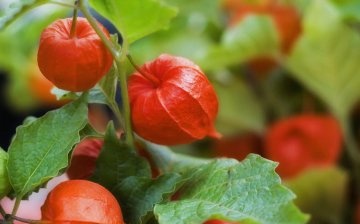

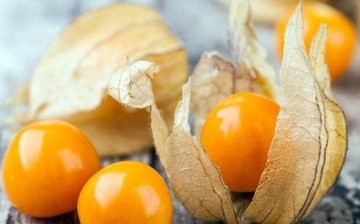
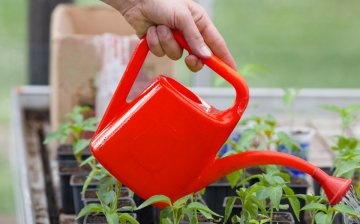
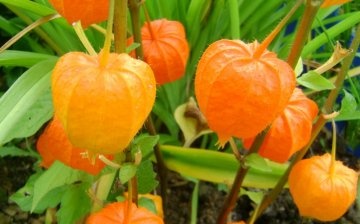
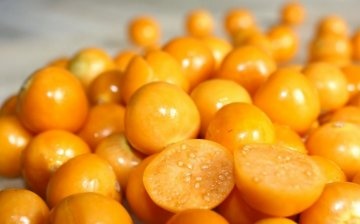
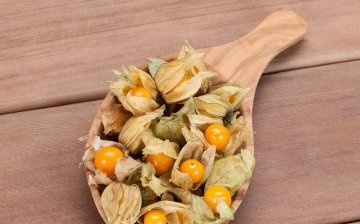







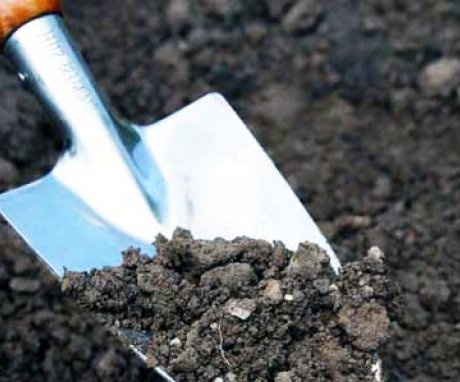

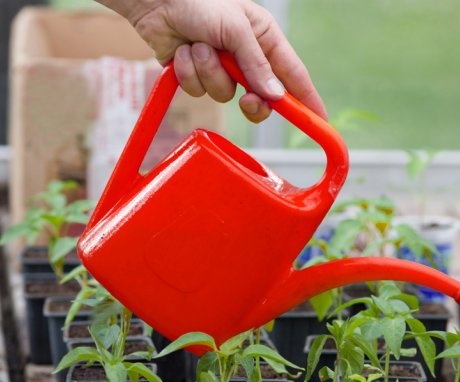

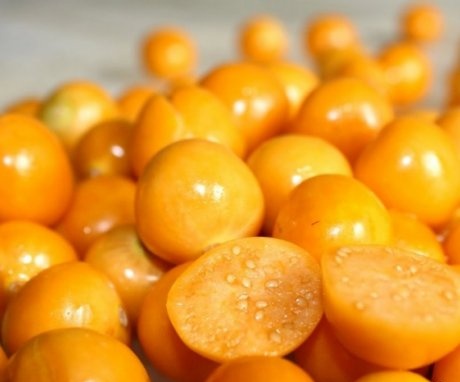
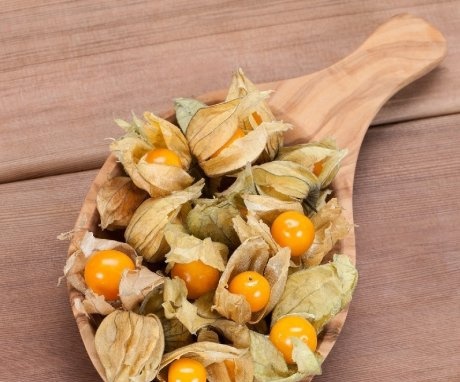
When I was little, I thought that physalis was just an ornamental plant that is grown for children's crafts, I did not even suspect that it also bears fruit. Yes, and friends never grew it for food, just for beauty it grew.
We are planting a variety of physalis "Early Pineapple". It is quite unpretentious, it goes well with green salads with cucumbers and tomatoes + greens. We do not make blanks from it. Although this year we will try to cook the jam.